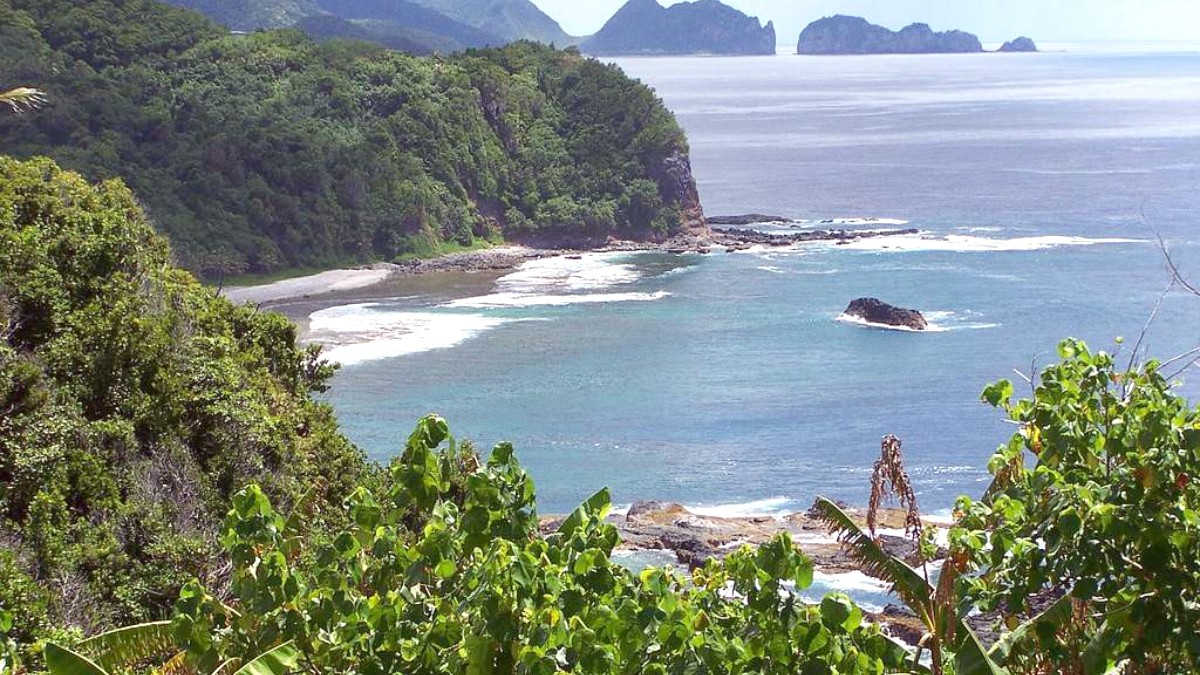
Samoa
Samoa’s main public transport consists of distinctly decorated, open-sided wooden buses. These vehicles are unlike standard city buses you might see elsewhere. They run on informal schedules, and travel at a slower pace.
Buses can become crowded, but they offer a very authentic glimpse into daily Samoan life. Passengers often sit closely, and during peak times, locals might sit on each other's laps, or children on luggage.
Formal route maps not widely published. Destination written on front. Main hubs: Apia Bus Terminal (Fugalei Market), Savalalo Bus Terminal.
Simple cash fares directly to driver. Pay upon boarding or during journey. Have small denominations ready.
Generally operates from early morning (~6:00 AM) until late afternoon/early evening (~5:00-6:00 PM). Frequency is irregular; buses depart when full.
Buses not designed for wheelchair accessibility.
High steps to board, interior often crowded.
Unsuitable for travelers with mobility challenges.
Embrace the journey as part of the Samoa experience.
Taxis offer a more direct and private mode of transport in Apia, especially when time is a consideration.
Requires temporary Samoan driver's permit (WST 20/month) from LTA. International (Avis, Hertz) and local companies available. Booking in advance recommended.
Less common than cars. Some places offer rentals. Valid motorcycle license and local permit required. Road conditions challenging for two-wheelers.
No formal bicycle sharing programs. Some hotels/tour operators offer rentals. Safer on quieter village roads or resort properties.
Apia offers pleasant pedestrian areas, but cycling requires caution outside specific zones.
You can easily undertake self-guided walks around Apia, visiting landmarks.
Some local tour operators or hotels might offer guided walking tours.
Avoid walking or cycling on busy main roads, especially at night.
Due to poor lighting and fast traffic. Always best to walk in well-lit, populated areas after dark.
Be cautious when walking through residential areas, especially if dogs are present.
Some dogs may be territorial.
Beyond standard options, some specialized transport exists for tours or specific needs.
Samoa does not have cable cars, funiculars, or other unique mountain transportation systems. Its modes of transport remain traditional.
Samoa generally lacks infrastructure for travelers with mobility challenges. Public transport not typically wheelchair accessible.
Some newer or high-end resorts may offer limited accessible rooms or facilities. Contact accommodations directly to confirm.
Embrace Samoa's unique local transport for a cultural experience. For convenience and direct travel, taxis are readily available. Consider renting a car for exploring at your own pace.
Always confirm fares with taxi drivers before starting your journey. Be mindful of local driving customs and road conditions for a safe trip.